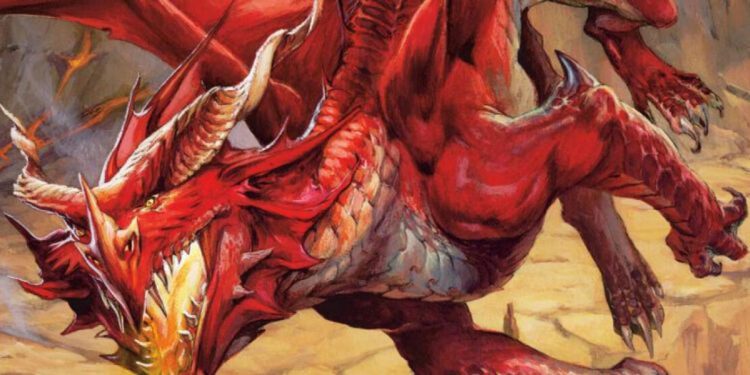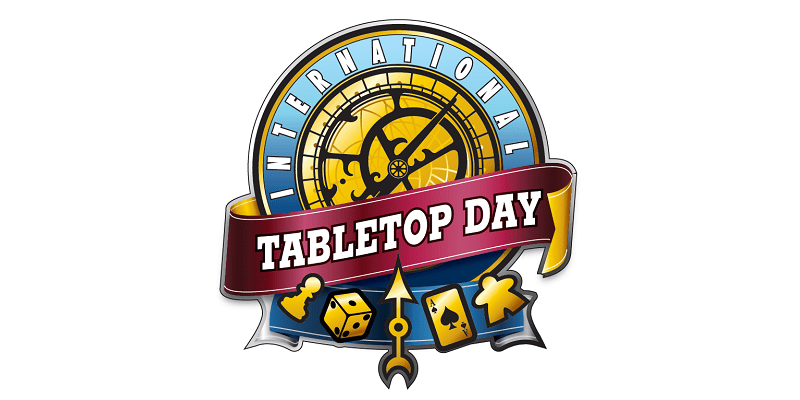The Journey from Dungeon Flops to Tabletop Legends

If you have ever sat around a table flipping dungeon tiles and rolling dice hoping not to get mauled by a plastic monster, then you know the charm of the Dungeons & Dragons Adventure System board games. They have been around for years, each one trying to capture the magic of DnD without needing a dungeon master. Some of them nailed it. Others? Well.
We’ll be taking a look at how these games went from rough experiments to genuine hits, making them a subject for discussion around the world and even in Poland.
Wrath of Ashardalon
Wrath of Ashardalon followed right after Castle Ravenloft and tried to go bigger. The dragon on the box looked incredible, the miniatures were awesome, and it had that classic dungeon feel. But once you started playing, the excitement faded fast. The game felt uneven, some missions were a blast while others felt like they went nowhere.
Still, it was the first time we saw the series stretch a little. It added a few new ideas, even if they didn’t land it perfectly.
Interestingly, in Poland, where board games are also popular, players and entertainment enthusiasts often explore the digital segment through reviews, such as vulkan casino pl, to understand the features of the platforms and the possibilities for safe interaction without diving straight into the game.
The Legend of Drizzt
By the time The Legend of Drizzt came out, things started to click. It brought in fan-favorite characters from the novels, like Drizzt Do’Urden and Artemis Entreri, and leaned heavily on that nostalgia. The setup was faster, the rules made more sense, and the pacing felt smoother.
It didn’t change much but it was definitely fun and easy to learn. You could jump into a quest and finish it without spending your whole evening learning just the rules. For a lot of players, this was the one that actually made them fall in love with the series.
And like J.R.R. Tolkien said, “Not all those who wander are lost.”
Drizzt may have wandered into familiar territory, but it found the heart of what these games were supposed to be, fast, light, and full of adventure.
It is interesting to note that today some board game tournaments are beginning to resemble sporting events — people place friendly bets on them, and there are even forecasters who analyze the players’ chances, their style, and their strategies.
Castle Ravenloft
Castle Ravenloft was the first DnD game. And even after all these years, it still feels special. It dropped players straight into a gothic dungeon full of vampires, skeletons, and terrible luck. The rules were simple (maybe too simple at times), but that’s what made it work. Anyone could pick it up, learn it in ten minutes, and start slashing monsters.
The game’s biggest strength was its atmosphere. It felt spooky and cinematic, even if it could be wildly unpredictable. You could crush one game and then get destroyed in the next just because of bad draws. But for a series debut, it set the tone perfectly and gave us a solid foundation for what came next.
Temple of Elemental Evil
This is where the Adventure System finally got it right.. Temple of Elemental Evil added campaign progression, meaning you could carry your gear and character between adventures, and that changed everything.
The missions had purpose, the enemies were balanced, and the story tied it all together. You had to work together, plan your moves, and think ahead. It became less about luck and more about smart play.
Some of the best things Temple of Elemental Evil brought to the table include:
- A proper campaign with progression
- Better teamwork and tactical decisions
- Stronger item and spell systems
- Tiles that kept the dungeons feeling new every time
It wasn’t perfect, but it was easily the first game that felt like the designers really figured out what made this series special.
Tomb of Annihilation
Tomb of Annihilation is where everything came together. The story, the tension, the variety, it was all there. The jungle setting gave it a new flavor, and the survival mechanics made it even better. You had to think, adapt, and sometimes run for your life.
Each session also felt different. The traps, the diseases, the monsters all worked together to make something that felt alive. For many players, this is the crown jewel of the Adventure System.
Like Game designer Shigeru Miyamoto once said, “A delayed game is eventually good, but a rushed game is forever bad.”
Tomb of Annihilation took its time, and it paid off. Everything about it feels polished and confident.
Conclusion: A Series Worth Remembering
From Wrath of Ashardalon’s messy beginnings to the brilliance of Tomb of Annihilation, the Dungeons & Dragons Adventure System board games show just how far tabletop design has come. Each one added something new, even when it stumbled. Together, they’ve built a legacy of adventure, teamwork, and pure fantasy fun.



